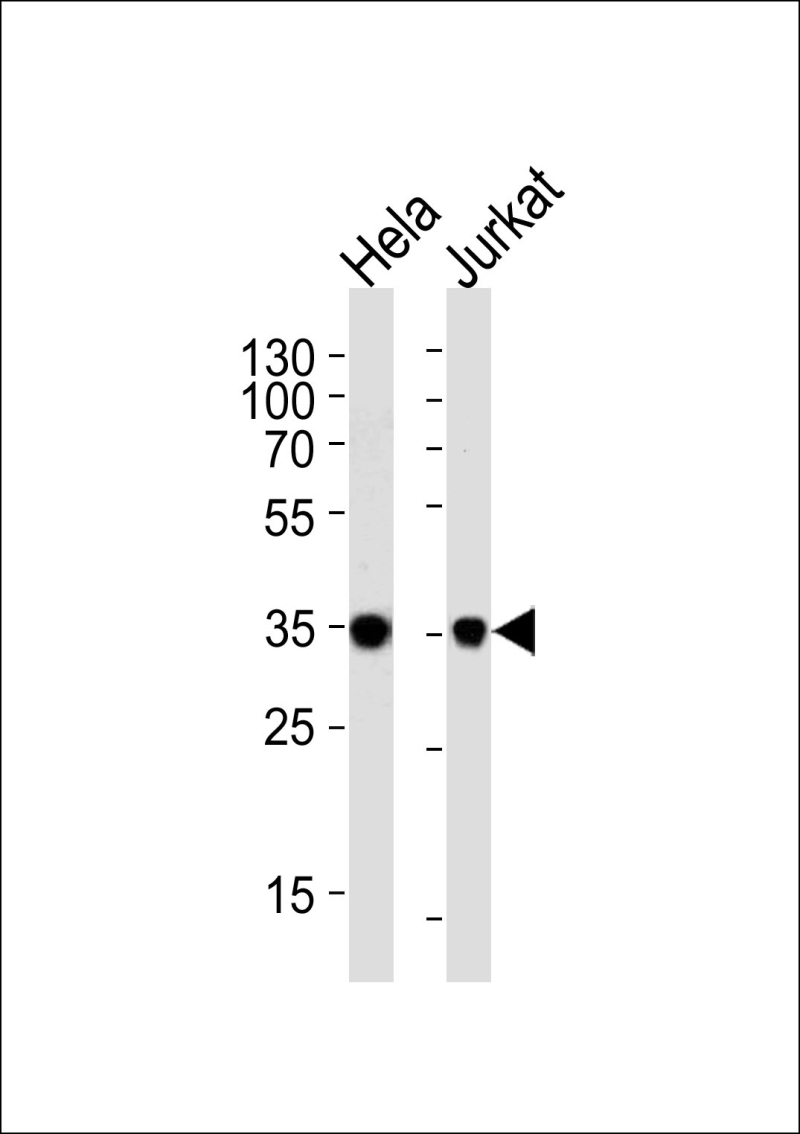
| WB | 1/1000 | Human,Mouse,Rat |
| IF | 咨询技术 | Human,Mouse,Rat |
| IHC | 咨询技术 | Human,Mouse,Rat |
| ICC | 技术咨询 | Human,Mouse,Rat |
| FCM | 咨询技术 | Human,Mouse,Rat |
| Elisa | 咨询技术 | Human,Mouse,Rat |
| Aliases | Protein FRG1, FSHD region gene 1 protein, FRG1 |
| Entrez GeneID | 2483 |
| WB Predicted band size | 29.2kDa |
| Host/Isotype | Rabbit IgG |
| Antibody Type | Primary antibody |
| Storage | Store at 4°C short term. Aliquot and store at -20°C long term. Avoid freeze/thaw cycles. |
| Species Reactivity | Human, Mouse |
| Immunogen | This FRG1 antibody is generated from rabbits immunized with a KLH conjugated synthetic peptide between 230-256 amino acids from the C-terminal region of human FRG1. |
| Formulation | Purified antibody in PBS with 0.05% sodium azide. |
+ +
以下是关于FRG1抗体的3篇参考文献,格式为文献名称、作者及摘要概括:
1. **《Facioscapulohumeral muscular dystrophy: incomplete suppression of a retrotransposed gene》**
*作者:Gabellini D 等(2006)*
摘要:研究揭示了FRG1基因在面肩肱型肌营养不良症(FSHD)中的作用,发现其异常表达与疾病相关。研究使用FRG1抗体检测患者肌肉组织中蛋白表达水平,证实FRG1过表达可能导致肌肉退化。
2. **《FRG1. a gene in the FSH muscular dystrophy region on human chromosome 4q35. is highly conserved in vertebrates and invertebrates》**
*作者:van Deutekom JC 等(1996)*
摘要:首次克隆并鉴定了FRG1基因,开发了特异性抗体用于检测其在不同物种中的表达模式,发现FRG1在肌肉发育中高度保守,提示其潜在功能重要性。
3. **《Overexpression of FRG1 in mice leads to progressive myopathy and fiber type-specific hypertrophy》**
*作者:Wuebbles RD 等(2010)*
摘要:通过转基因小鼠模型研究FRG1功能,利用FRG1抗体证实其过度表达导致肌肉纤维肥大和肌病表型,支持FRG1在肌肉稳态中的关键作用及其与FSHD的病理关联。
注:若需获取全文,建议通过PubMed或期刊官网检索标题及作者。部分早期研究可能需结合抗体应用技术进展进行验证。
The FRG1 (FSHD Region Gene 1) antibody is a tool used to study the FRG1 protein, encoded by the *FRG1* gene located in the 4q35 region of human chromosome 4. This region is associated with facioscapulohumeral muscular dystrophy (FSHD), a genetic disorder characterized by progressive muscle weakness. While the exact role of FRG1 in FSHD pathogenesis remains debated, it is implicated in RNA processing, muscle development, and vascular biology. FRG1 protein overexpression in animal models induces muscular dystrophy-like phenotypes, suggesting its potential involvement in disease mechanisms.
FRG1 antibodies are primarily utilized in research to detect FRG1 expression and localization via techniques like Western blotting, immunohistochemistry, and immunofluorescence. Studies using these antibodies have revealed FRG1's presence in nuclei, cytoplasm, and vascular endothelial cells, though its subcellular distribution may vary by cell type. Despite its association with FSHD, FRG1's functional significance is not fully understood, partly due to conflicting data on its expression levels in patient samples.
Current research focuses on clarifying FRG1's biological roles and its interaction with other FSHD-linked proteins, such as DUX4. FRG1 antibodies remain critical for exploring these mechanisms, aiding in the development of therapeutic strategies for FSHD and related conditions.
×